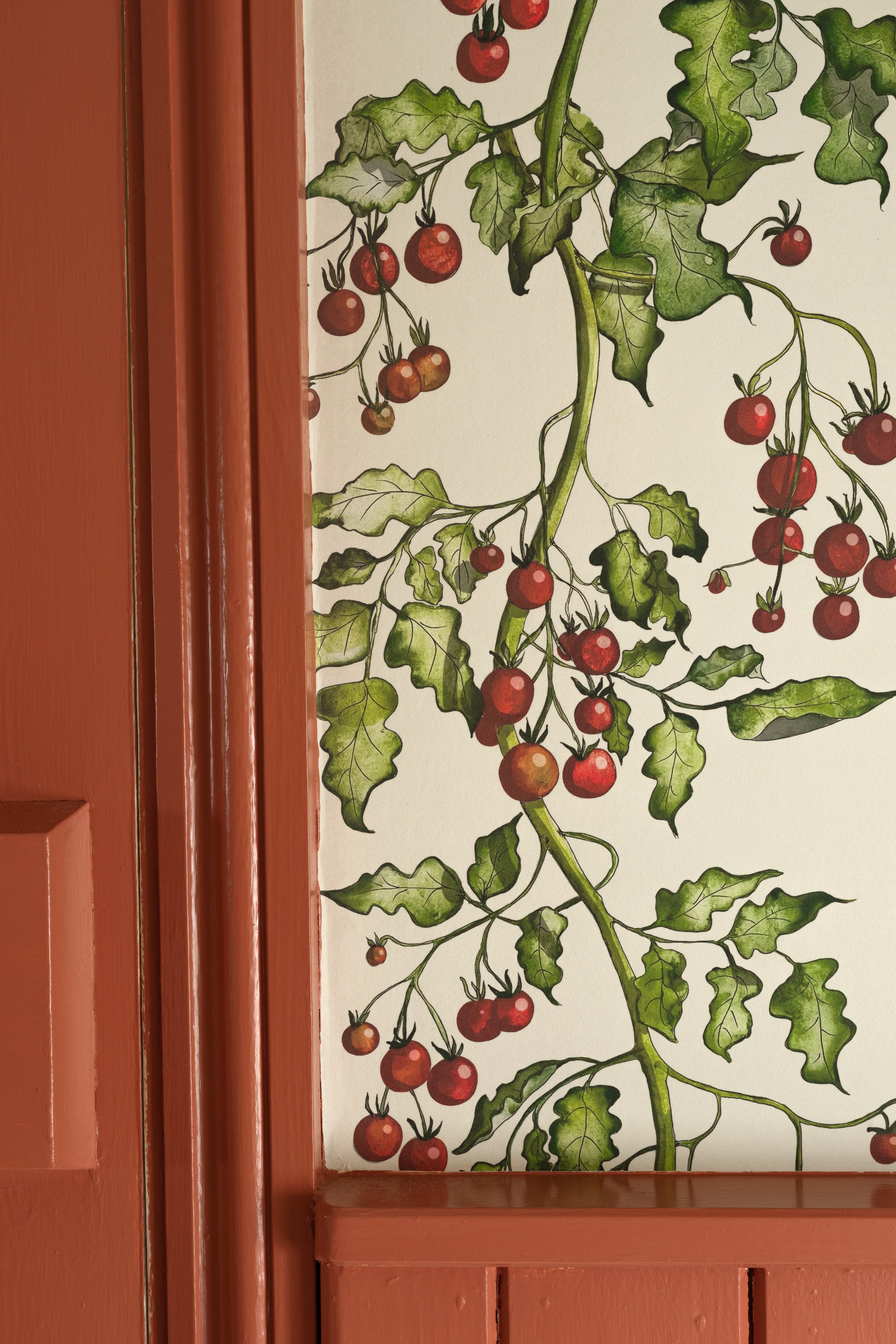The Tomato - From Poison to Passion
The tomato, although appearing in savoury dishes on our plates and thought of as a vegetable, is actually a fruit: the pulp being the fruit together with the seeds, making it a berry.
The journey of the acidic pea sized berry of an indigenous South American vine, to one of the most important ingredients in todays global cuisine, is an amazing story.
Cultivated by the Aztecs as far back as 700 BC it was encountered by the Spanish during their conquest of the Aztecs in the early 16th century who bought it back to Spain from Mexico.
Initially it was grown solely for ornamental purposes in the gardens of the Spanish aristocracy loved for its jewel like fruit and wonderfully aromatic leaves. The Spanish adopted the Aztec name tomati and as it gradually spread to France and Italy it acquired more romantic names, ‘apple of love’ (pomme d’amour ) and ‘the golden apple’ (pommodoro) respectively.
Despite these glorious and seductive names it took time for the tomato to be fully embraced for its culinary magnificence.
Classified as a nightshade and a relative of the poisonous belladonna it was understandably viewed with suspicion. This was exacerbated by the fact that it’s acidic juice reacted with the pewter of the plates, leading to contamination of food by lead.
Starting with the Aztecs, the cultivation of the wild tomato Solanum pimpinellifolium through time has led to the most wonderful diversity of varieties, small to vary large, red, yellow, black, green and even striped.
These heitage cultivars have been nurtured by communities over the years, collecting seeds from the most successful plants ensuring a plant that flourishes in their soil, terrain and climate, and stars on their plate. A wonderful example is San Marzano, a large plum tomato grown around Naples and one of the only two designated variety of tomatoes permitted on the true Naples pizza. And it was the explosion of the popularity of the pizza in the early 19th century that bought the tomato into the every day lives of the many.
San Marzano is considered to be commercially the most important tomato of all time along with the Rudgers tomato of Cambell’s soup fame. Immortalised by Andy Warhol with his image of the now iconic soup tin, the tomato has helped to shape history.
The story of course does not stop there, a genetic mutation that happened by chance in the 1930’s has been deliberately bred into almost all modern tomatoes as it gave uniform ripening and made them a luscious scarlet.
However the loss in genetic diversity has come at a cost with diminished flavour and a plainness that does not inspire the eye or the palate. This is now encouraging a love of the wonderful diversity, history, flavour and stories of heritage tomato cultivars, with their varied and precious genetics being of vital importance for the future of this wonderful berry.







